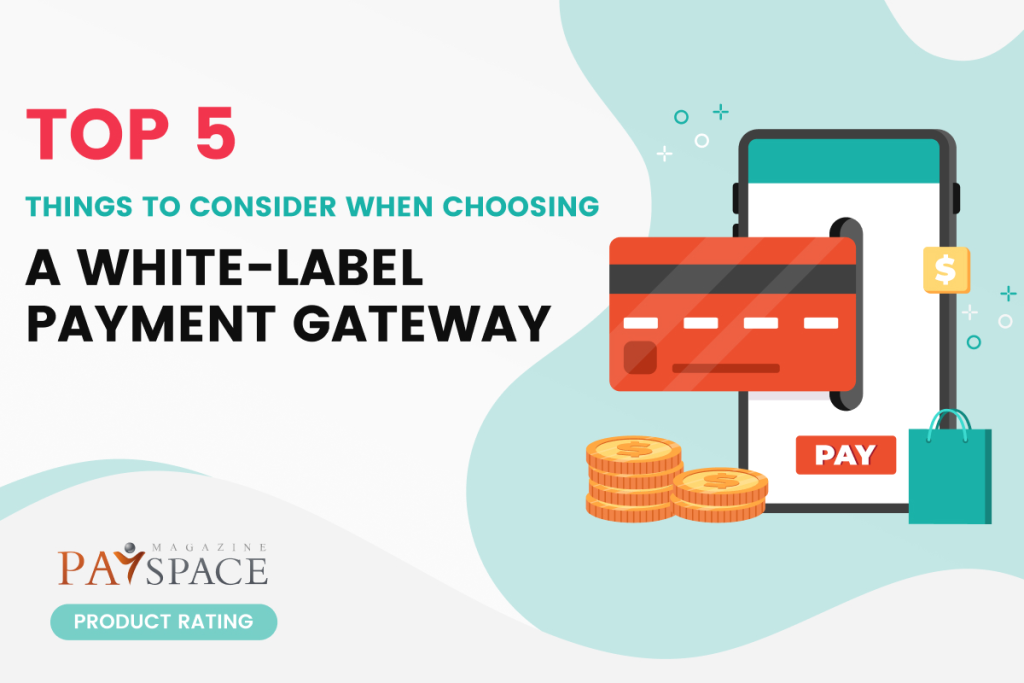A white tag payment processor is a financial engineering solution that empowers corporations to offer printed payment services without the necessity to develop the underlying infrastructure from scratch. In essence, it allows organizations to use a pre-built, personalized payment handling program below their particular brand. This approach somewhat reduces the time and methods necessary to release cost companies, permitting corporations to concentrate on their key competencies while supplying an easy financial knowledge to their customers.
One of many main advantages of a white label cost model is their versatility. It suits a wide range of organizations, from startups to established enterprises, giving a scalable answer that adapts to different exchange quantities and organization needs. That mobility allows corporations to implement payment processing companies designed with their certain market and client base.
Modification is a essential function that distinguishes bright brand payment processors. Companies may incorporate their advertising things, such as images and color schemes, into an individual screen, making a logical and printed cost experience. That not merely increases brand recognition but also fosters confidence among clients who enjoy a steady and common screen through the cost process.
Still another crucial facet of bright tag cost processors may be the detailed suite of characteristics they offer. From cost gateways and cellular payment answers to fraud recognition and revealing instruments, organizations can entry a powerful group of functionalities with no difficulties of building and sustaining such features in-house. That breadth of characteristics assures that businesses may meet with the diverse wants of these consumers in the fast developing landscape of electronic payments.
Integration is easy with white brand payment processors, permitting organizations to upload cost functionalities right into their active tools, websites, or cellular applications. That structured integration increases person knowledge and reduces disruptions to the customer journey. Moreover, white name solutions usually help a variety of payment strategies, including bank cards, digital wallets, and alternative cost alternatives, ensuring corporations may cater to a wide customer base.
The cost-effectiveness of bright name cost processors is really a compelling element for companies seeking to enter the cost processing space. By avoiding the large growth and maintenance charges related to creating an in-house cost program, organizations may spend methods more effectively, emphasizing marketing, client acquisition, and organization expansion.
Risk management and protection are paramount in the economic segment, and white label cost processors prioritize these aspects. These answers usually abide by business standards and submission requirements, ensuring that corporations and their customers are secured against fraud and knowledge breaches. This responsibility to security is vital for buildingwhite label payment processor and sustaining trust in the aggressive payment handling landscape.

In conclusion, bright label payment processors symbolize a proper alternative for corporations trying to capitalize on the growing need for electronic payment services. By leveraging these systems, corporations may expedite their access into the financial engineering industry, identify their company, and offer customers with an easy, secure, and completely branded cost experience. Because the digital economy remains to evolve, white brand cost processors offer a pathway for organizations to stay competitive and modern in the powerful world of economic services.
